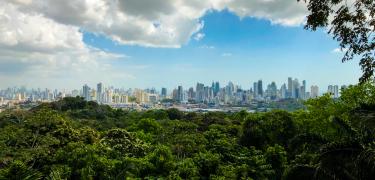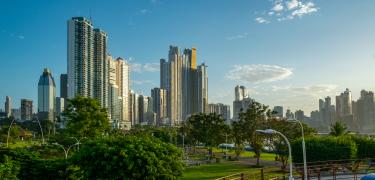Sea Turtles in Panamá
On the Sandy shores of Panamá, sea turtles live, grow, and thrive under our warm sun and safe beaches.
Panamá is a country rich in diverse habitats and ecosystems. Its geographic location between North and South America – and the Pacific Ocean and the Caribbean Sea – offers the ideal conditions for sea turtles to live and develop throughout their different life stages. Most of the world’s sea turtle species call Panamá home – five of the seven species worldwide live here – which has led to major conservation efforts led by local communities and groups like the Panamá Wildlife Conservation and the Sea Turtle Conservancy.
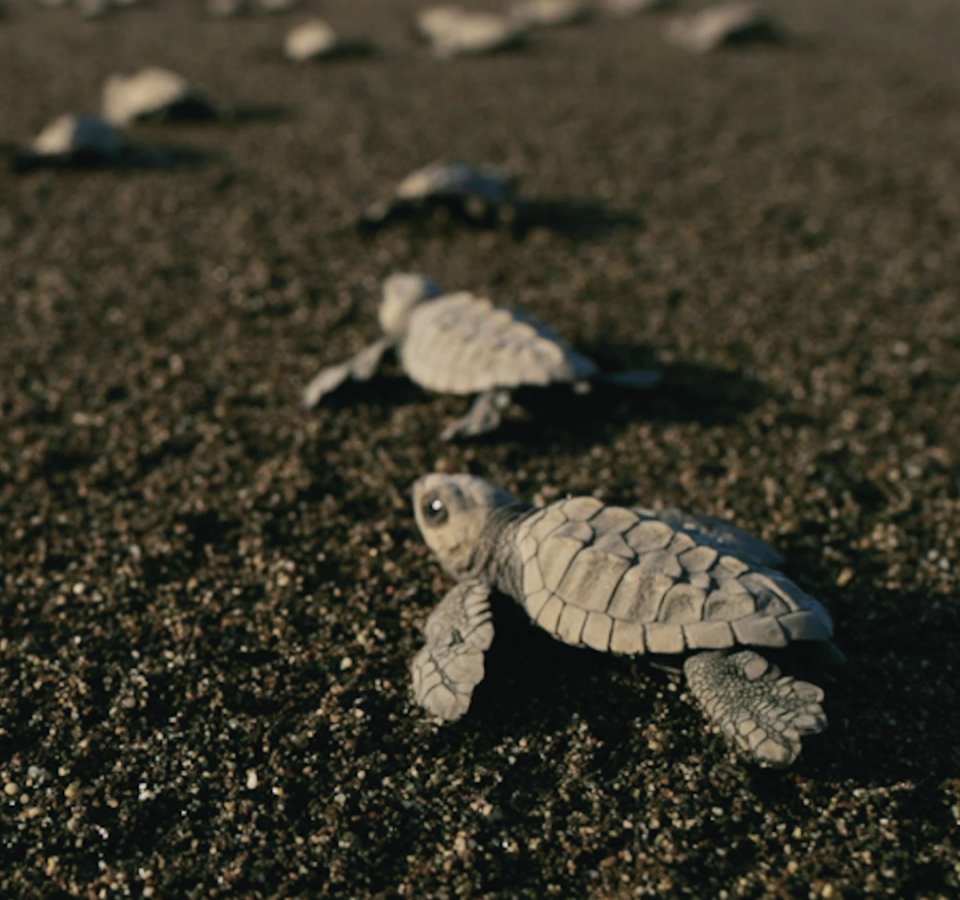
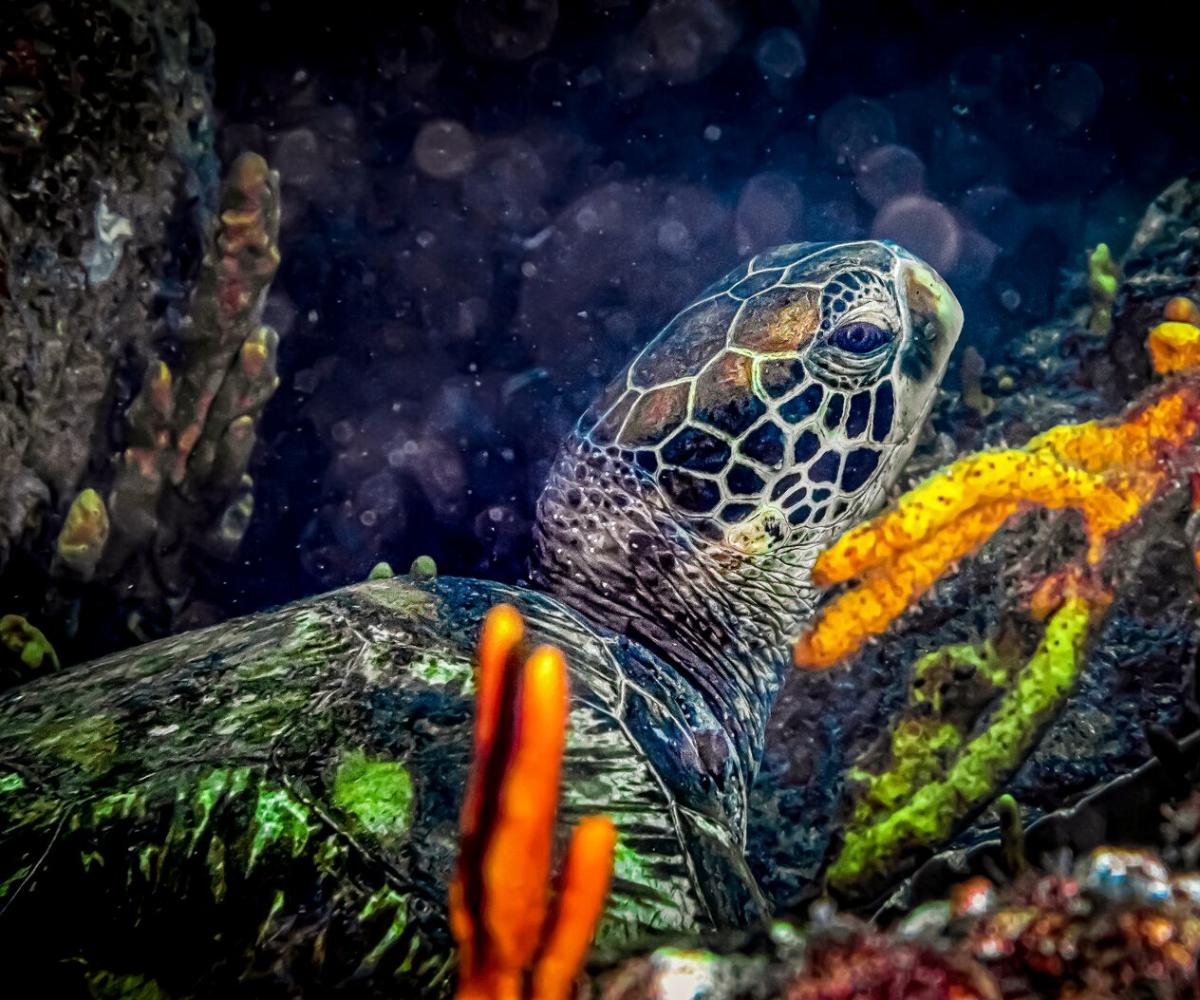
As a result, more than 200 of our beaches serve as protective nesting sites for these turtles. Sea turtle conservation is a priority in Panamá since the five turtle species found in Panamá are classified as either endangered, critically endangered, or vulnerable by the World Wildlife Fund. These include the vulnerable loggerhead turtle (Caretta caretta), critically endangered hawksbills (Eretmochelys imbricata), endangered green (Chelonia mydas), vulnerable olive ridley (Lepidochelys olivacea), and vulnerable leatherback (Dermochelys coriacea).

While visiting Panamá, you can witness these marine creatures firsthand, the conservation efforts taken to protect these species, and see the babies take their first steps towards the water. Go a step beyond and help with local sea turtle conservation programs, and enrich your knowledge about nesting beach monitoring, scientific data collection, and turtle nesting habits. Here’s where to spot these ocean and land-living turtles and how to collaborate with Panamá's conservation efforts.
Sea turtles have roamed the earth for over 100 million years and have been vital to marine ecosystems.
Though you can find sea turtles on the Pacific and Caribbean coastlines in Panamá, most of the population resides on the Pacific side.
In Los Santos, along the Pacific coast, there are some of the best nesting sites in the country, such as Isla Cañas and Playa La Marinera, two of the eleven beaches in the world where the "arribada" phenomenon occurs, which consists of the massive and simultaneous nesting of hundreds to thousands of sea turtles on the same beach for a period of time ranging from a few hours to several days.
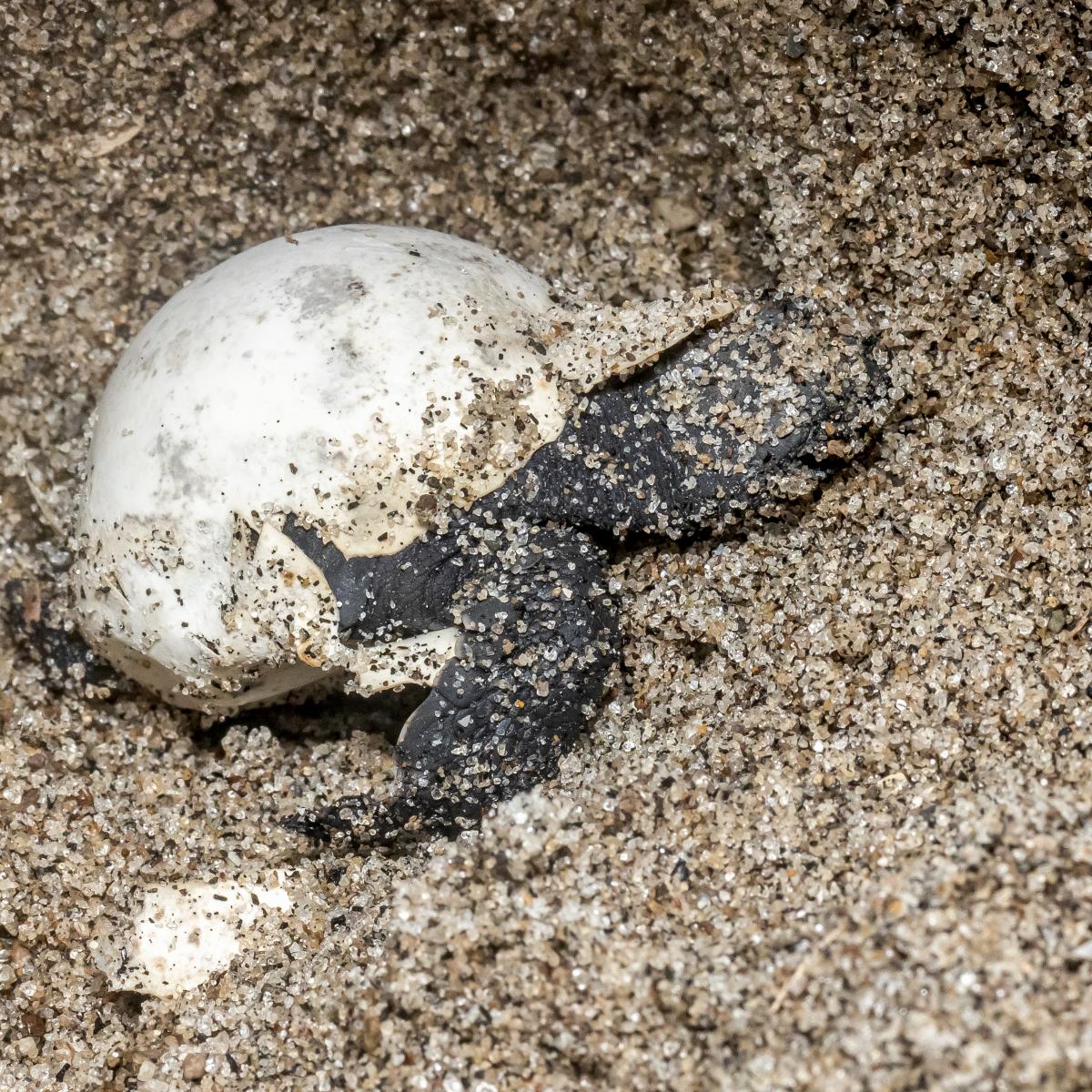
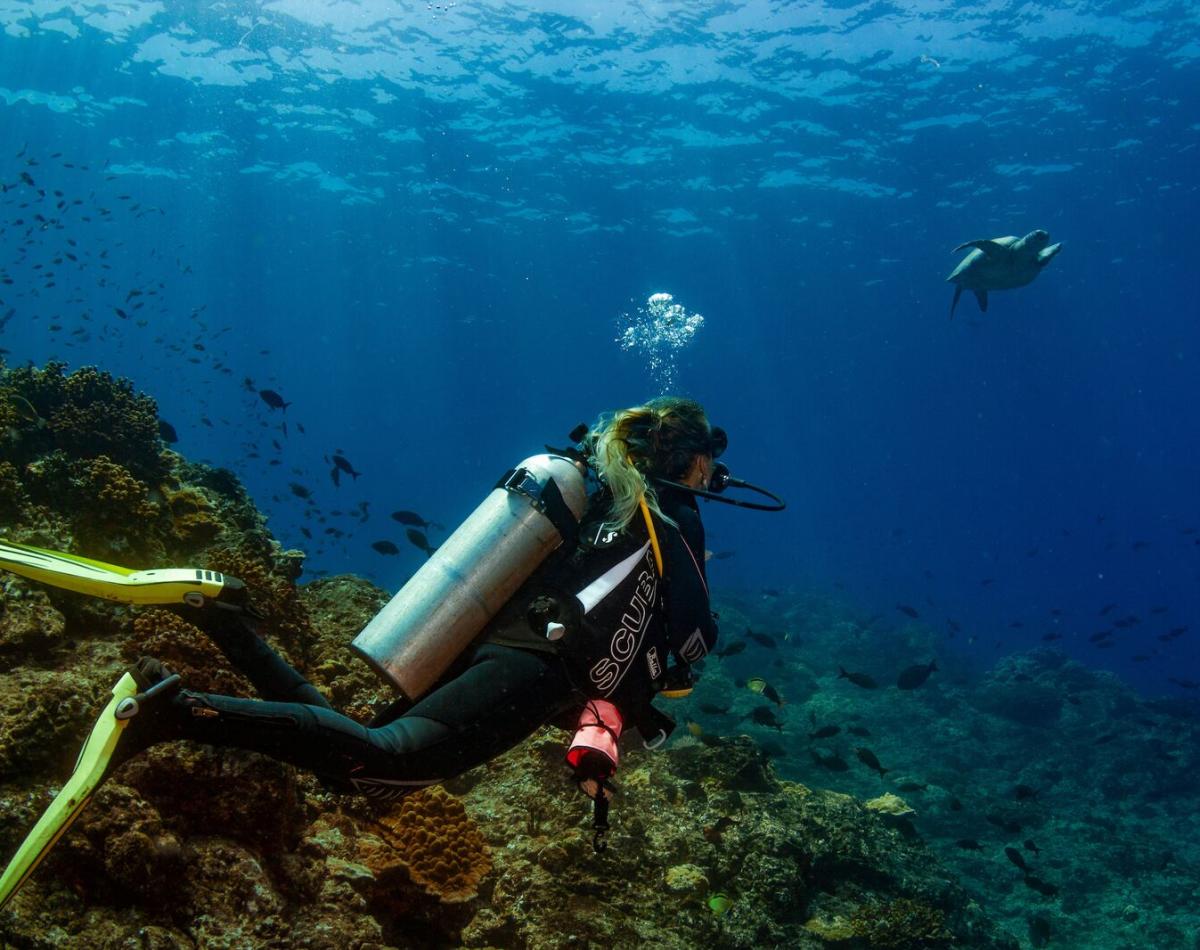
In the Veraguas province is the Coiba National Park in the Gulf of Chiriqui. The marine reserve and UNESCO World Heritage Site is home to a diverse range of birds, fish, iguanas, and sea turtles, especially the hawksbill, who forage for food there. We also find in Veraguas, the Mata Oscura Community, whose beaches have been chosen for hundreds of years by sea turtles of different species as one of their favorite places to lay their eggs and where they have developed the Eco Ruta de la Tortuga, a leading initiative in the conservation of turtles in Panamá and internationally.
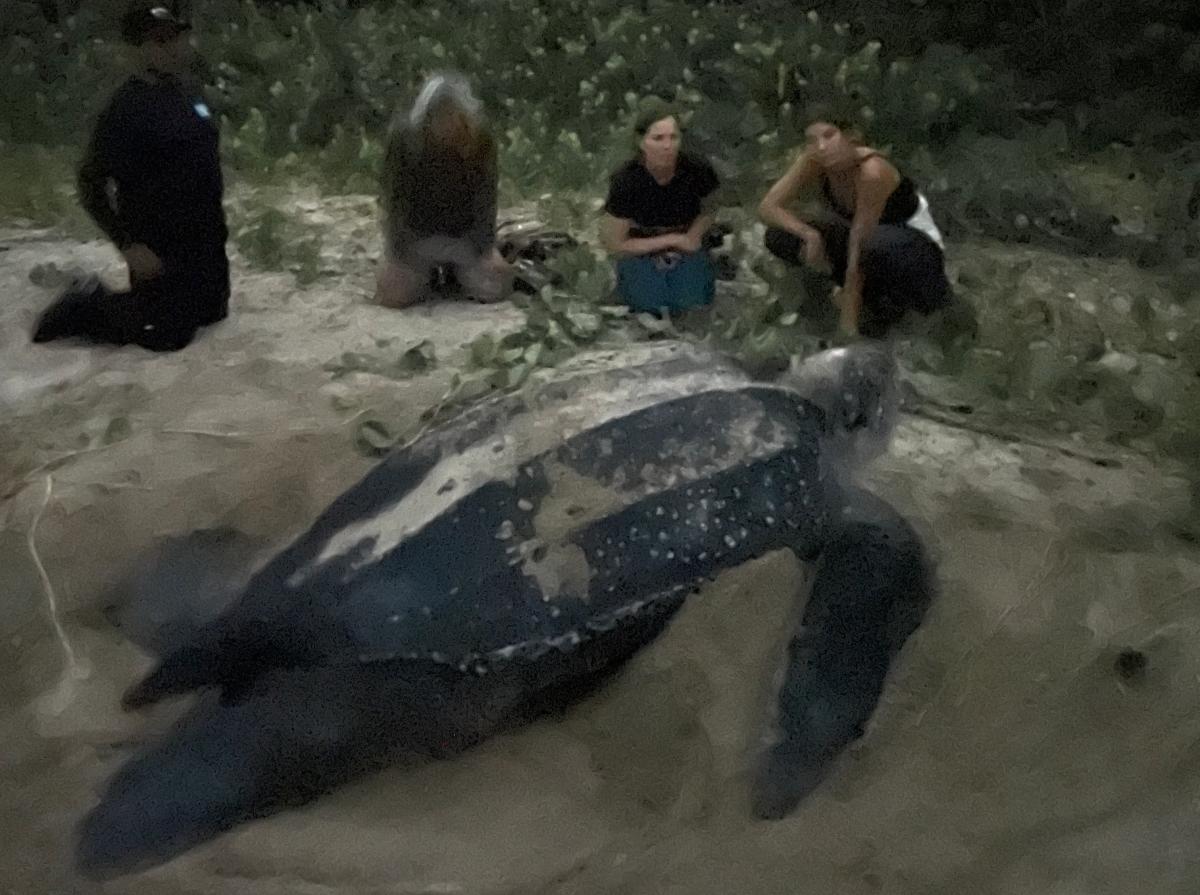
In the Caribbean Sea, the Bocas del Toro province is the nesting ground for thousands of hawksbill and leatherback turtles. Two of the top nesting grounds are Bluff Beach on Isla Colon and the Isla Bastimentos National Marine Park, where conservation efforts are ongoing for hawksbill nesting sites. The Ngäbe-Buglé indigenous people are instrumental in patrolling and documenting the nesting sites at the marine park.
When to See Them
From mid-July through January, you can see sea turtles nesting on Panamanian shores. It happens at night, when the tide is low and the beaches are calm. Then, between 45 and 60 days later, when the sunlight is soft, they hatch and begin their journey to the sea for the first time.
Visit Turtle Sanctuaries in Panamá
Explore More Things to do
Cultural & Historic Sites
Panamá connects the world, and not only because it’s the bridge between North and...
Surfing
Panamá is a surfer’s haven. We welcome you to the stunning shores of our fishing...
Birdwatching
Panamá is home and a place of pilgrimage to more than 1,000 bird species. The tropical...
Hiking
Rich in tropical flora, diverse wildlife, and picture-worthy sights, Panamá trails offer...
Fishing
With world record fishing, more than 2,900 km (1,800 miles) of coastline and the perfect...
Afro Heritage
Afro culture in Panamá is a vibrant and essential part of the country's cultural mosaic....
Indigenous Communities
Learn about tradition and nature through the eyes of Panamá’s 7 indigenous communities....
Diving & Snorkeling
Discover the magical and incredible Panamanian marine world while snorkeling and diving. Diverse...
Beaches
Panamá is the isthmus connecting Central America and South America, and offers access to both...
Rural and Agrotourism
Agricultural tourism in Panamá is a unique adventure in the heart of nature. During this...

